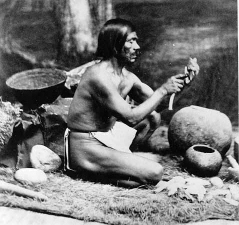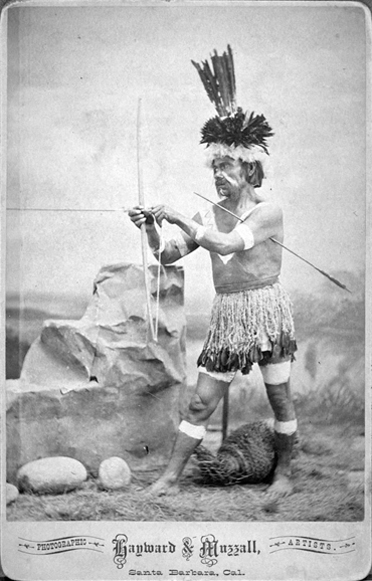
The Chumash are a Native American people who historically inhabited the coastal and inland regions of California, particularly the Central and Southern California coastal areas. Their traditional territory includes areas from the Santa Barbara Channel to Malibu. The Chumash are considered part of the Hokan language family.

The Chumash people are known for their complex social organization, advanced maritime technology, and well-developed basketry and rock art. They were skilled fishermen, hunters, and gatherers, relying on the rich marine resources of the Pacific Ocean as well as the diverse plant and animal life in their environment.
The Chumash were organized into chiefdoms, each with its leader, and they lived in villages with plank-built houses. Their society had a sophisticated economic and political structure and traded with neighboring tribes.
With the arrival of Spanish explorers in the 18th century, the Chumash were profoundly affected by European colonization. Spanish missions were established in Chumash territory, leading to changes in their way of life, the introduction of new diseases, and the disruption of their social structures.

Today, Chumash people continue to maintain and revitalize their cultural traditions. Ongoing efforts are to preserve Chumash languages, arts, and traditional knowledge. Some Chumash individuals and communities are also involved in cultural and educational initiatives, including managing tribal museums and interpretive centers that showcase Chumash history and heritage.
The Chumash are recognized as a sovereign tribal nation, and contemporary issues include discussions about tribal governance, land rights, and the broader acknowledgment of indigenous rights in the United States.